The worst car safety features ever made
From cushions on every possible surface to polite speeding alarms, the auto industry has tried almost everything
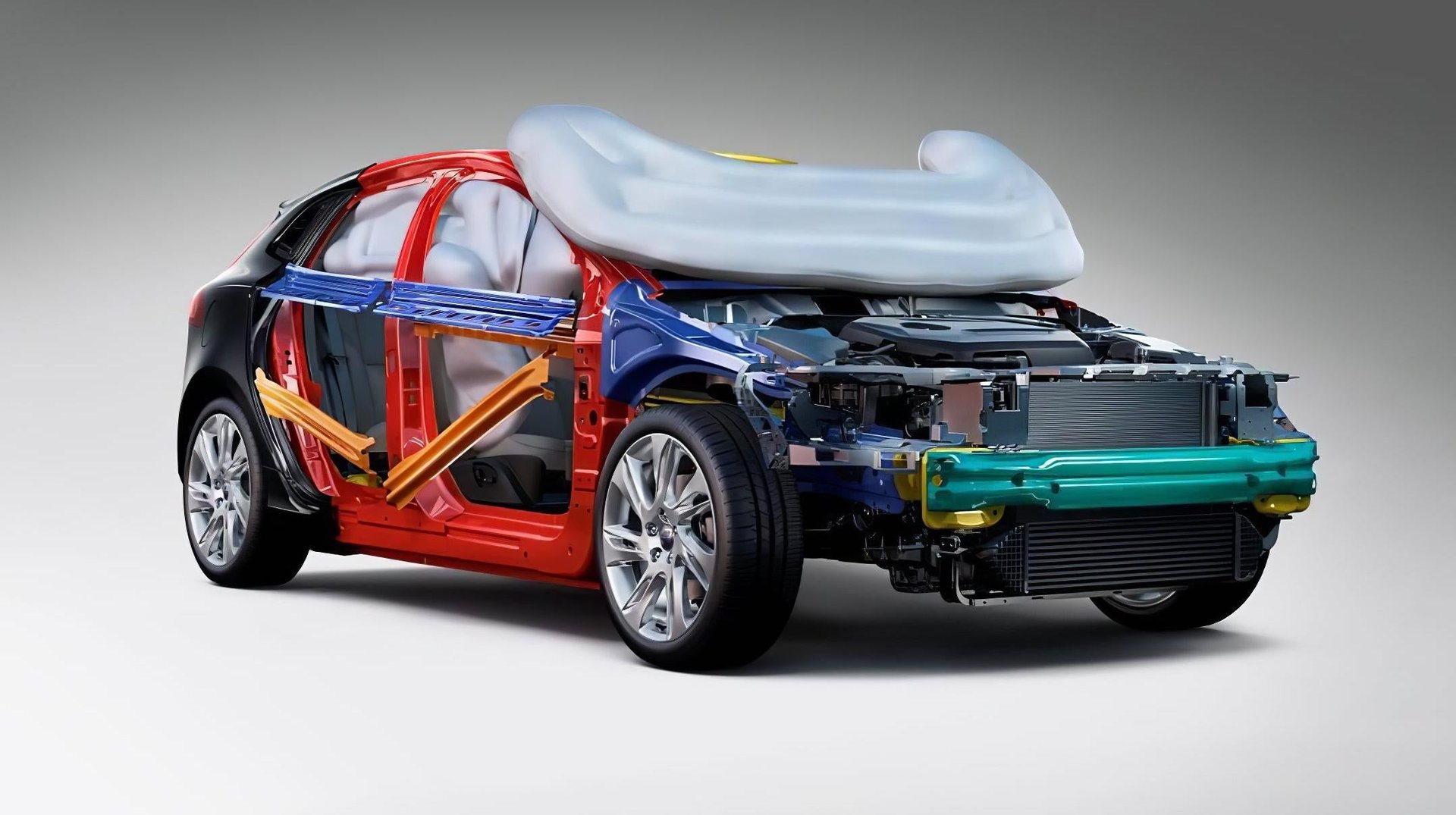
It can be difficult to accept that driving is dangerous. Over 40,000 people in the United States are killed in crashes every year. Since the dawn of the modern mass-produced automobile, manufacturers have attempted to make their vehicles safer. Besides any altruistic motives, it’s in the best interest of automakers to keep their customers alive to buy more cars in the future and avoid possible liability.
Ars Technica recently explored some of the weirdest safety features in automotive history that didn’t stand the test of time. Everything from water-filled bumpers to rudimentary stopping distance gauges got mentions. They were all interesting concepts that never functioned as intended in practice. While it was a fairly comprehensive list, I have a few of my own additions to make.
2 / 11
Hit-And-Run Discs
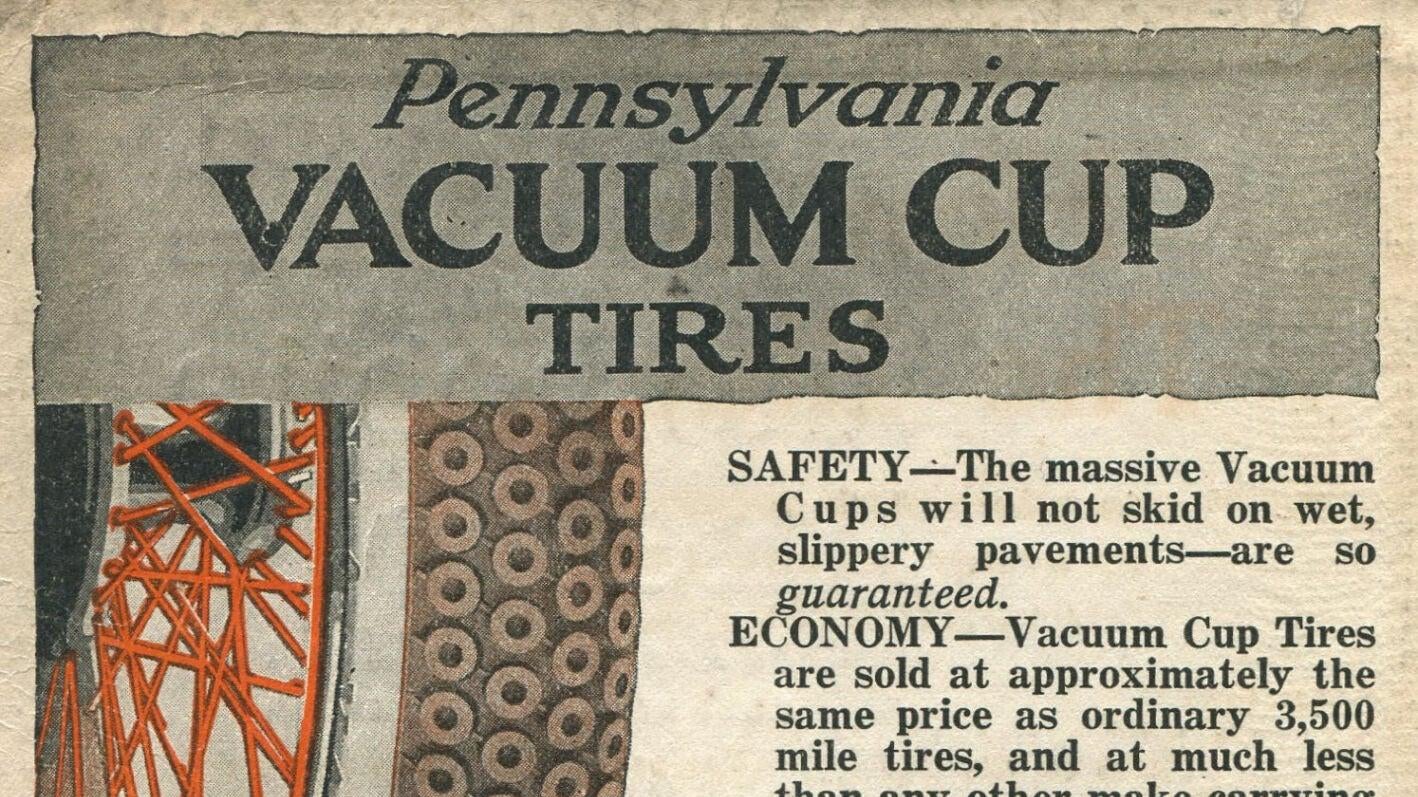
Hit-and-run discs were a novel safety concept conceived during the 1930s by a New Jersey lawyer. If the vehicle collided with a pedestrian, a bumper-mounted device would eject discs with the driver’s name and license plate number printed on them. It never became mandatory anywhere, and no driver would ever voluntarily get behind the wheel of a car with the feature.
3 / 11
Pedestrian Airbags
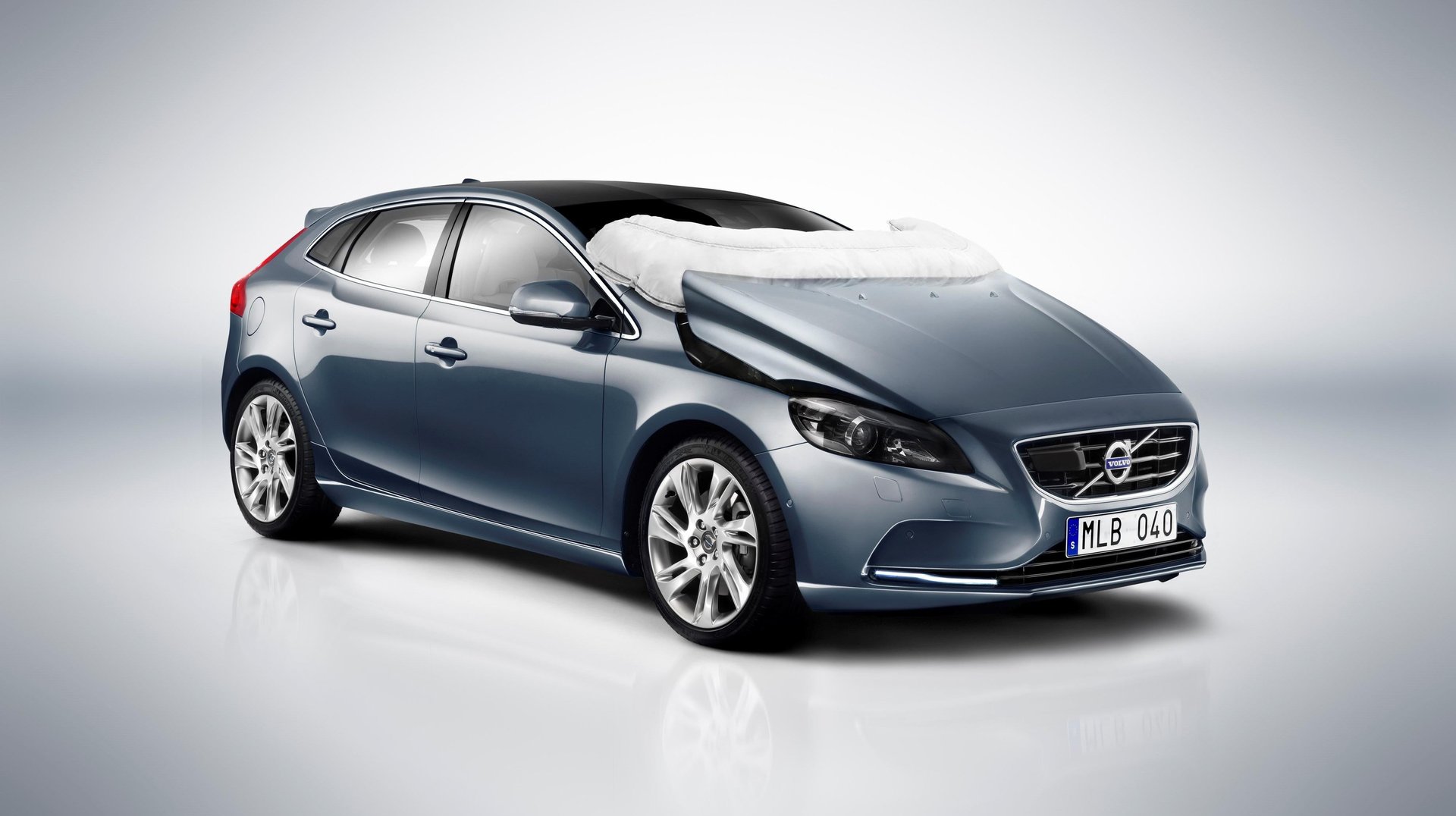
In the early 2010s, Volvo developed an externally mounted airbag to protect pedestrians. The airbags were designed to raise the hood and block the windshield to cushion the impact of a person against the car. The Swedish automaker tested the system by plowing into dummies at speeds up to 30 miles per hour.
4 / 11
Spaceometer
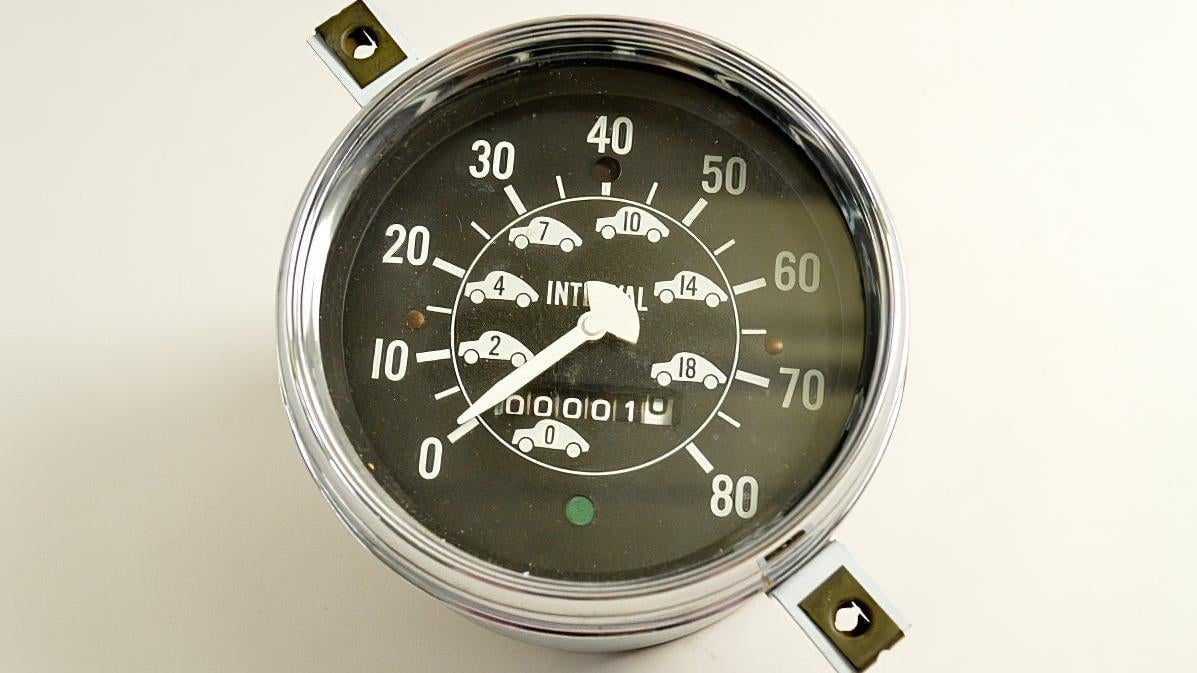
The spaceometer was conceived by Charles Adler Jr. as a gauge informing drivers how many car lengths it would take to stop at any speed. Adler Jr. was a skilled engineer, patenting the electrically-operated vehicle brake as a teenager. While a cool idea, glancing down at a gauge to be sure that you’re far enough away from the car ahead isn’t the best thing to do.
5 / 11
Speed Alert
Plenty of vehicles produced for the Japanese domestic market are fitted with alerts for when drivers exceed the speed limit. While the warning is likely deserved, going over the limit is so ubiquitous in the United States that even vehicles from Japanese automakers built on this side of the Pacific would never be equipped with a similar feature.
6 / 11
Crash Chamber
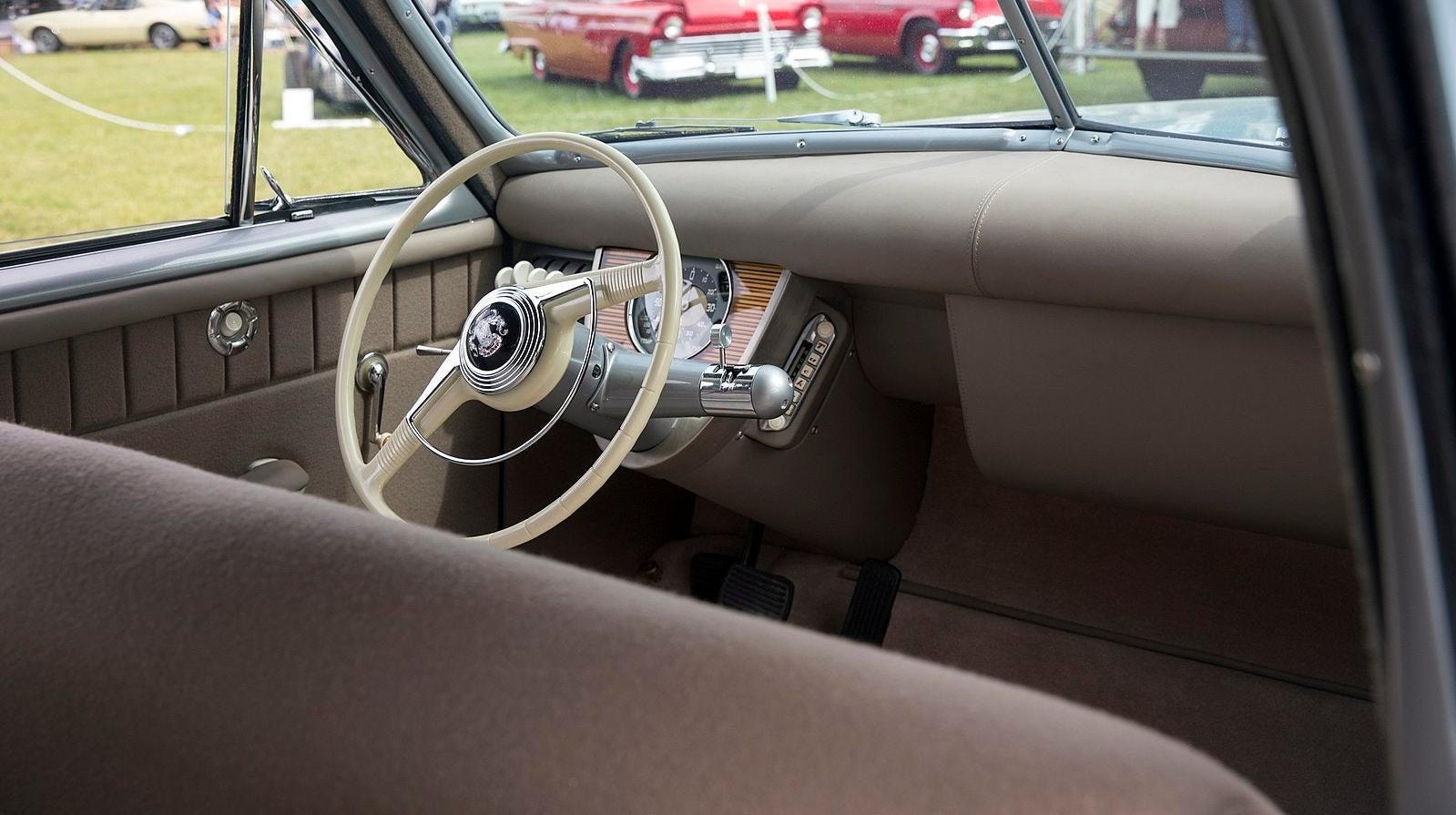
The Tucker 48 was on the cutting edge of vehicle safety in the late 1940s. However, the innovative vehicle is best known for its crash chamber. The passenger side glove box was fitted to the door panel, creating a spacious footwell. The section of the car was padded, providing a dedicated space for passengers to shield themselves in the event of a crash.
7 / 11
Pop-Out Windshield
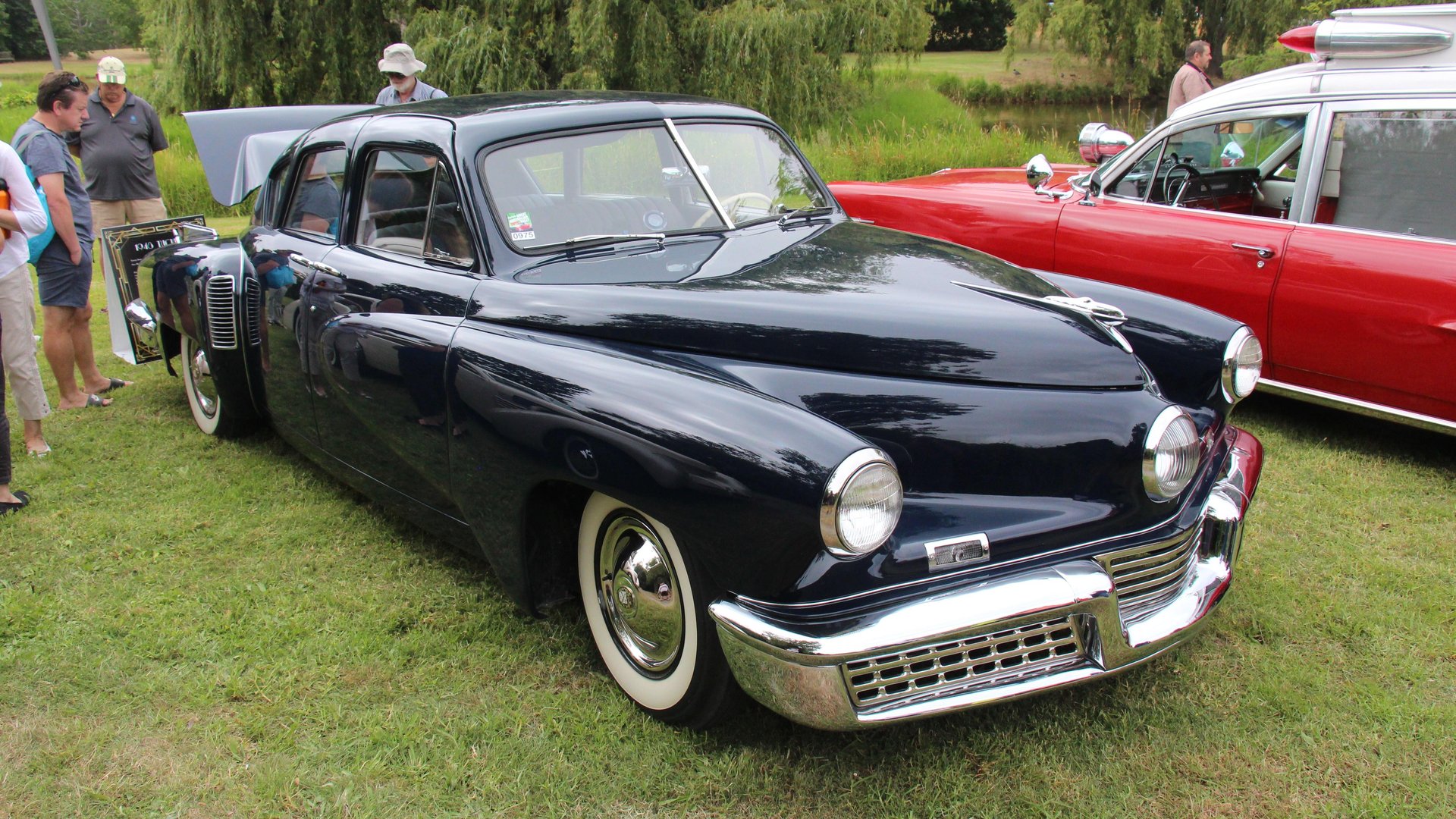
Remaining with the Tucker 48, the sedan also featured a pop-out windshield. The idea is that the shatter-resistant glass would remain intact during a wreck. The windshield would either come loose during a crash or an occupant could break it free with a single, solid blow.
8 / 11
Vacuum Cup Tires
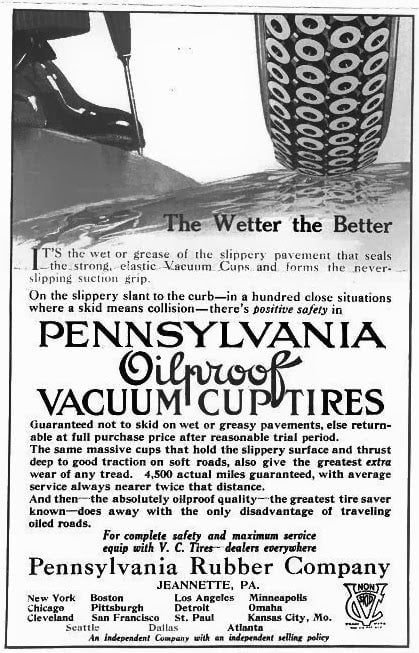
The Pennsylvania Tire Company developed vacuum cup tires during the 1910s. The idea centered around completely covering the tire’s trend in suction cups to provide adequate grip with the road surface in any conditions, especially in the rain. It’s not clear how effective these tires actually were, but I don’t think the concept was abandoned without reason. Just imagine how gross the tires would become if the cups caked up with dirt, snow or any loose debris on the pavement.
9 / 11
Water-Filled Bumper
In an era before three-point restraints were compulsory and the occupants were the crumple zone, water-filled bumpers were envisioned as a method of minimizing damage to your car. The vinyl chloride cells would cushion the blow to your bumper, spraying water everywhere. Afterward, you could just refill the cells at home.
10 / 11
Automatic Seatbelts
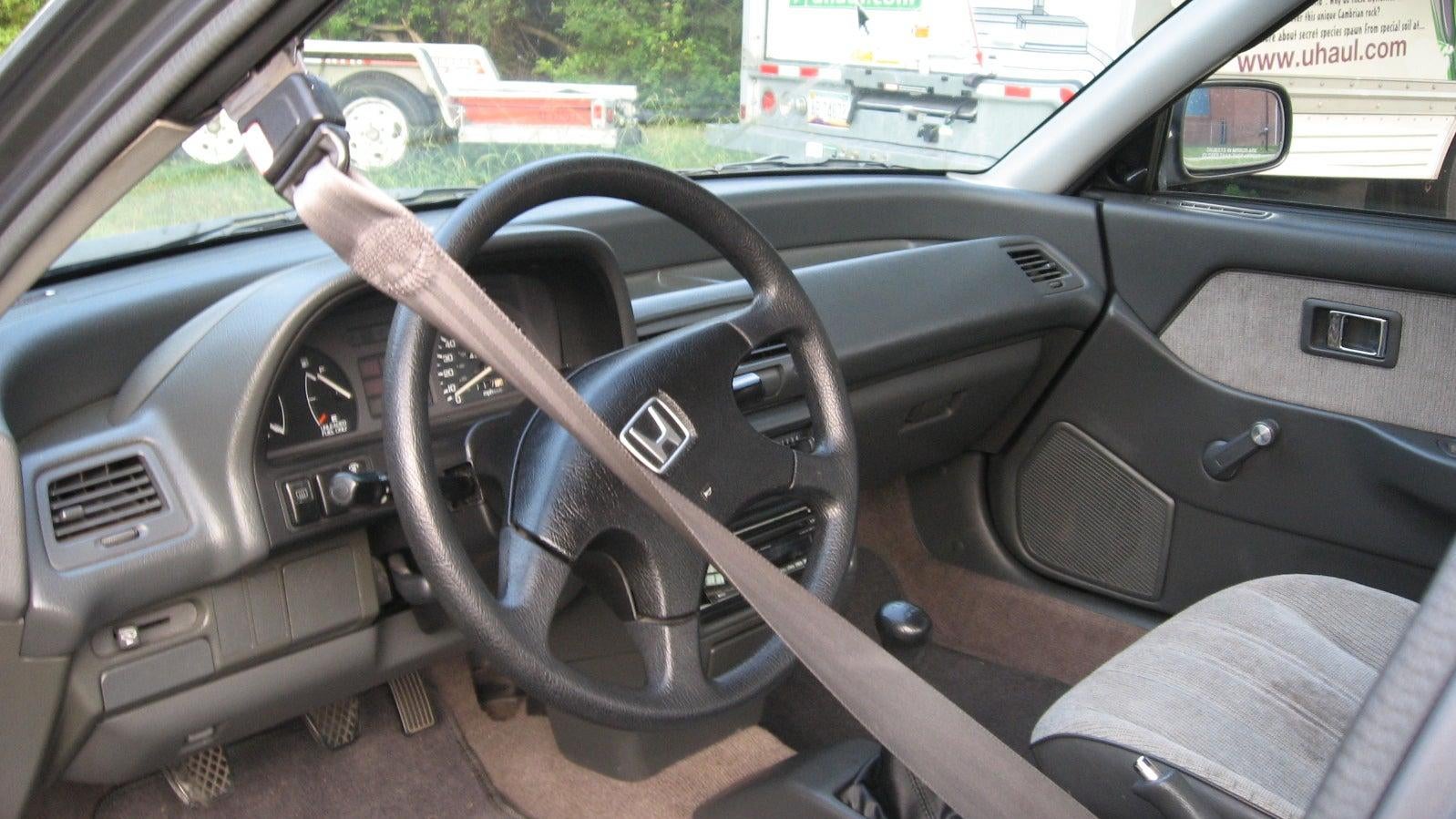
Automatic seatbelts were a seemingly ubiquitous safety feature of the 1990s that were quickly rendered obsolete by airbags becoming standard. Personally, I thought they were futuristic up until the point something went wrong. It was also easy to see how annoying and uncomfortable an experience they can be for most drivers.
11 / 11
Rim Blow Steering Wheels
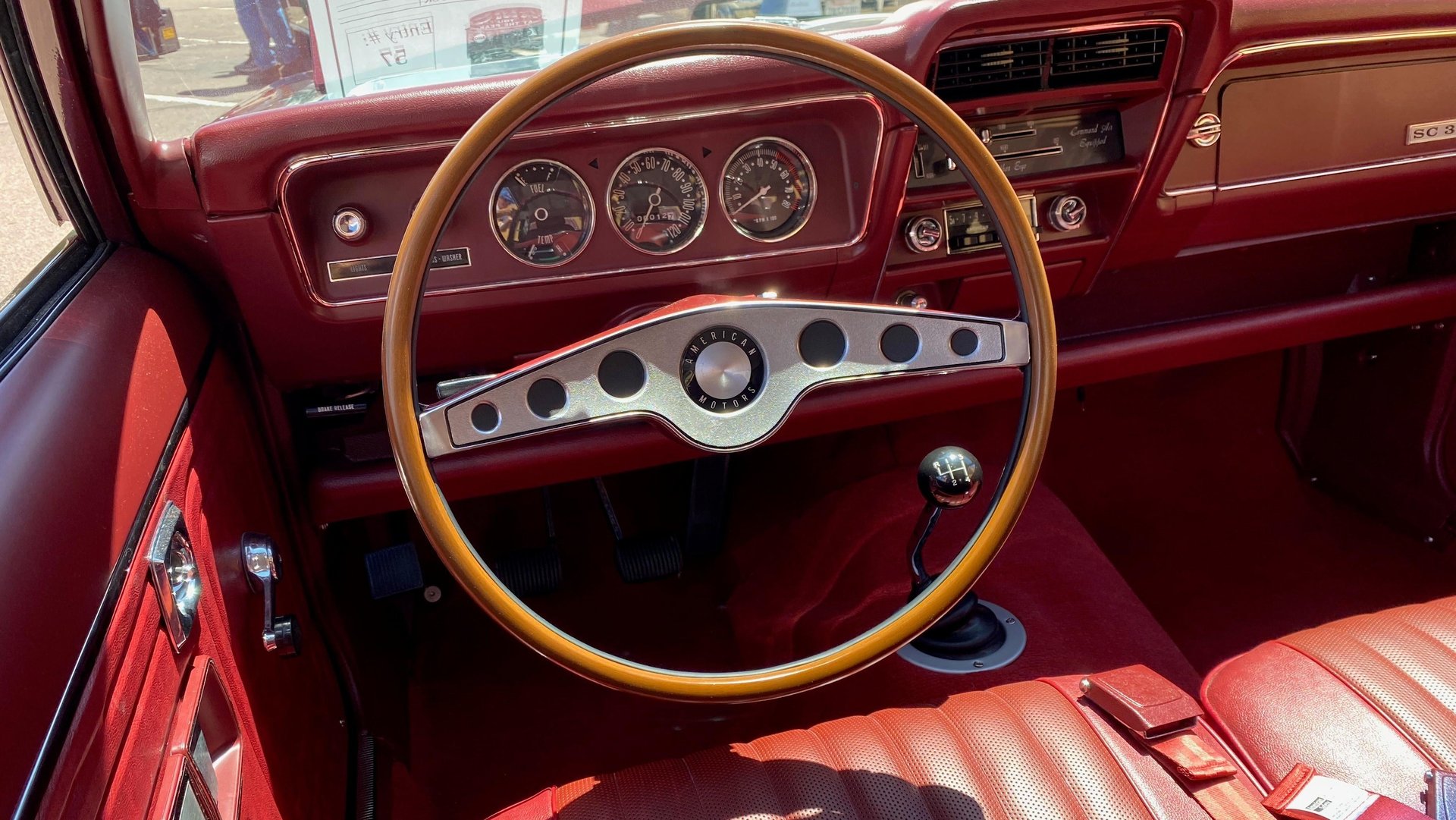
Rim blow steering wheels replaced the traditional center-mounted horn with a system where drivers had to squeeze the wheel to sound the horn. However, sun exposure caused the outer shell to shrink, causing the horn to start blaring all on its own.